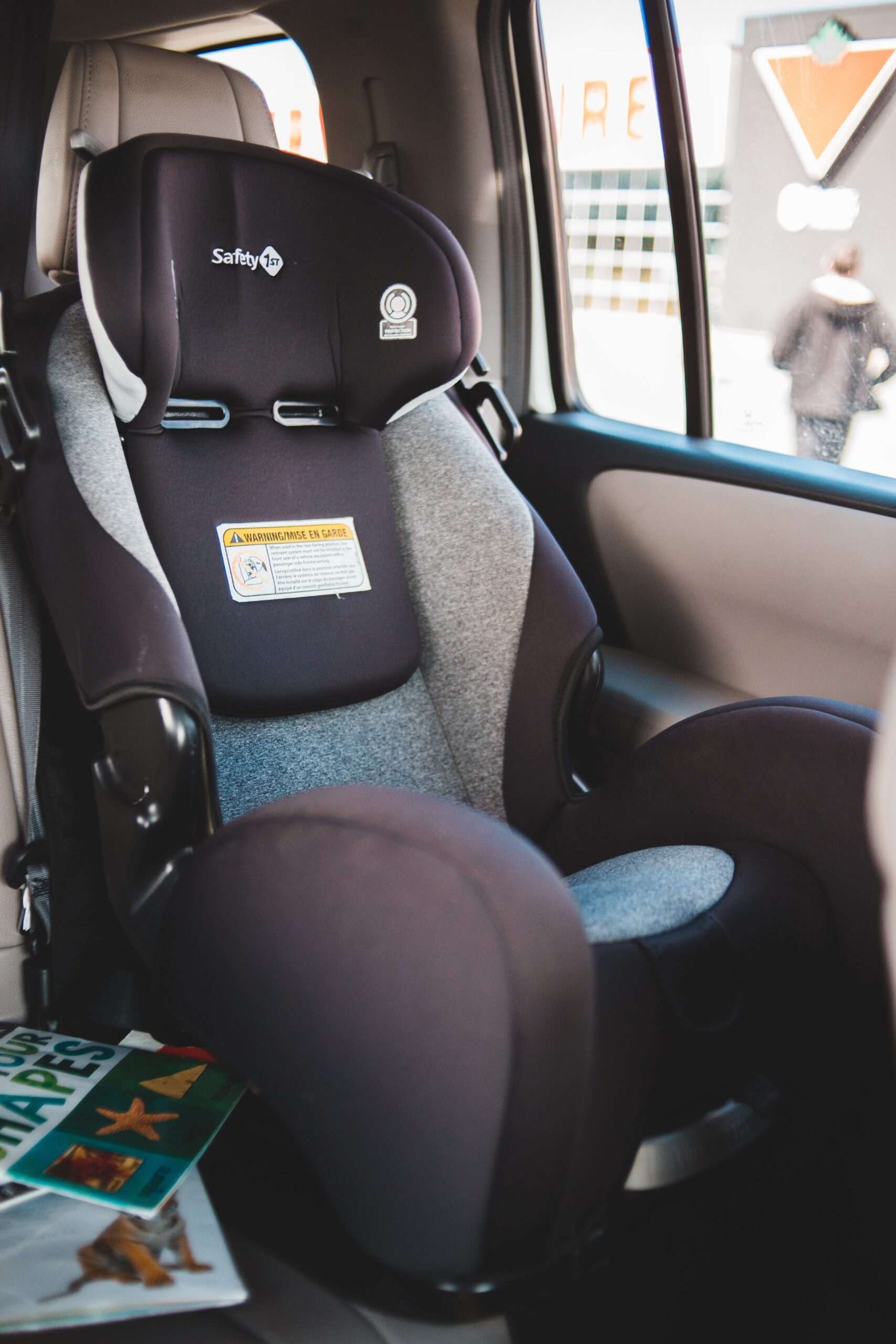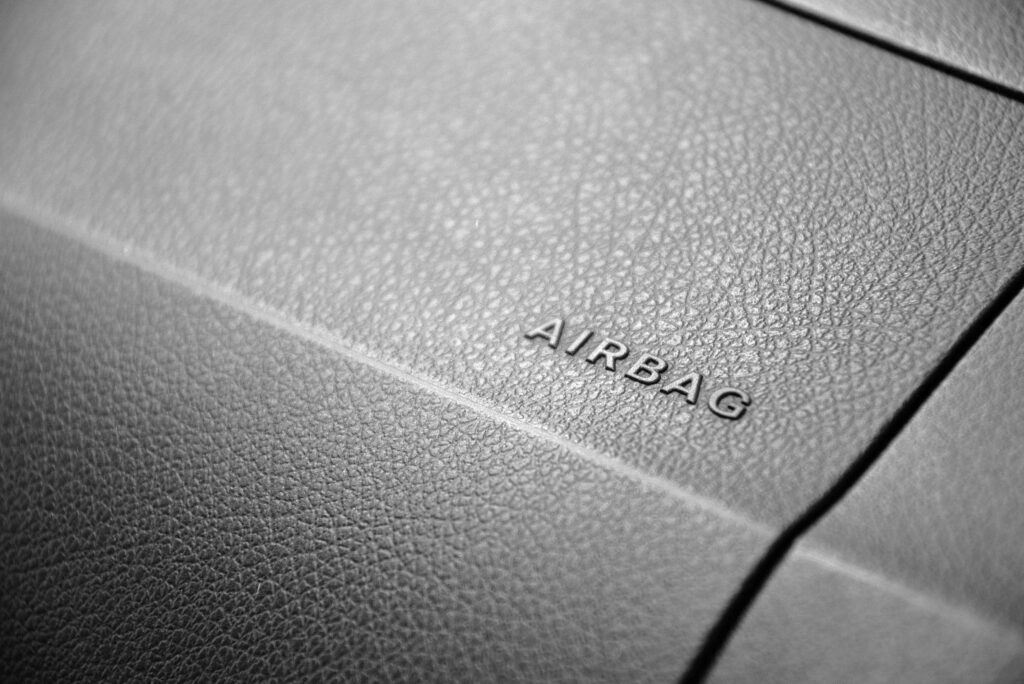Yes, it is possible and legal to put a car seat in a single cab truck. However, installation of the seat should be done carefully and precisely to ensure that the child is safe and secure while riding in the vehicle. It is recommended that you read and follow all instructions included with the car seat prior to installation. Depending on the size of your single cab truck, there may be limited space for installation – so be sure to measure carefully before purchasing a car seat. Additionally, remember that you should never place rear-facing seats in the front passenger seat if your vehicle has an active airbag. Instead, you can install the car seat in either the back bench or behind one of the front seats – as long as it is secured properly with a lap-shoulder belt or LATCH system (Lower Anchors and Tethers for Children). It is important to always double check that your car seat is installed correctly before each use.

Using the Right Car Seat
When selecting a car seat for use in a single cab truck, there are several factors to consider. First and foremost, it is important to choose a seat that is appropriate for your child’s size and weight. Additionally, it is important to select a car seat that fits snugly in the vehicle and has all necessary safety features such as adjustable headrests, adjustable seat belts, etc. Lastly, it is important to make sure that the car seat does not interfere with any of the vehicle’s controls.
Once the correct car seat has been selected, it should be installed according to manufacturer guidelines and tested for proper fit and security. If there are any questions about installation, it is best to consult a certified Child Passenger Safety Technician (CPST).
It is possible to install a car seat in a single cab truck, though it may not be the safest option. There are several factors that should be considered before attempting to do so. One of the most important factors is the size of the truck’s back seat. Don’t risk your little one’s safety – make sure your car can handle the car seat! Double check that it’s installed correctly in your single cab truck, and consider adding extra safety measures like a lap or shoulder belt. Better safe than sorry!
It is also important to consider the safety of the vehicle itself. The single cab truck must be in good condition and up-to-date on all maintenance. This includes checking that the tires are in good condition, brakes are properly adjusted, and all necessary parts are functioning as they should. Also take into account any additional safety features such as airbags or anti-lock brakes which may help protect the car seat occupant in the event of an accident.
Benefits of Using a Car Seat in a Single Cab Truck
Using a car seat in a single cab truck can provide several benefits for both the driver and the occupant of the vehicle. First, it helps to keep the child secure in case of an accident, as car seats are designed to be much safer than standard car seats. Second, it allows for a more convenient way to transport young children, as they need not be held by an adult while driving . Finally, it helps to keep the child at a comfortable temperature, as car seats are typically well-ventilated.
Using a car seat in a single cab truck is also beneficial for the driver. Car seats offer improved visibility and accessibility, allowing adults to better monitor their young passengers while on the road. Additionally, car seats provide added support and stability during sharp turns or sudden stops, helping keep both driver and passenger safe. Furthermore, car seats help reduce distractions for the driver by providing a comfortable place for children to rest or sleep.
Considerations When Choosing a Car Seat for a Single Cab Truck
When choosing a car seat for a single cab truck, there are several important considerations that need to be taken into account. First, it is important to make sure the car seat is appropriate for the size and weight of the child. It should also fit securely in the bench or bucket seat of the truck and be equipped with safety features such as a lap belt or shoulder belt. It is imperative to read the manufacturer’s instructions for installation and to be sure that the car seat fits properly in the truck. Finally, it is important to ensure that the car seat is well-ventilated and comfortable for both the driver and occupant.
When installing a car seat in a single cab truck, it is important to make sure that the installation is done correctly and securely. It is best to have an expert install the car seat, as they will be able to ensure that all of the safety features are functioning properly. Once the car seat is installed, it should be checked regularly for loose or damaged parts and adjusted accordingly. Additionally, if the car seat is not used for an extended period of time, it should be removed from the truck and stored in a safe place.
Passenger airbags are an essential safety feature that have been installed in cars since the 1990s. While they provide significant protection to passengers in the event of a collision, their use can be hazardous when a car seat is placed in the front passenger seat in a single cab truck. This is because airbag deployment from the passenger side of the vehicle could cause serious injury or death to an infant or toddler. Therefore, it is important to make sure that the airbag is disabled or turned off when a car seat is placed in the front passenger seat of a single cab truck.
Types of Car Seats
When choosing a car seat for a single cab truck, there are several different types of car seats available. The most common type is the infant car seat, which is designed to safely transport infants and toddlers up to approximately one year old. Convertible car seats can be used for both infants and toddlers, as they can be adjusted to fit larger children. Booster seats are also a popular option for transporting older children, as they provide extra support and protection. Lastly, all-in-one car seats are designed to accommodate children from birth to approximately 10 years old.
Choose a car seat with good safety features for a single cab truck, like adjustable headrests and side impact protection. Additionally, some car seats come with built-in cupholders and storage compartments to help keep the interior of the truck organized. It is also important to consider the size of the car seat and the weight limits for each type.
In conclusion, using a car seat in a single cab truck can provide numerous benefits for both the driver and passenger. However, it is important to consider several factors such as size, weight limits, safety features, and installation when selecting a car seat for a single cab truck. Taking these factors into account will help ensure that both the driver and passenger have a safe and comfortable ride.
Rear-Facing Car Seats
Rear-facing car seats are an important and popular option for transporting children in a single cab truck. These seats provide the highest level of protection for infants and young toddlers, as they securely hold a child’s head, neck, and spine in the proper position. By facing the rear of the vehicle, rear-facing car seats also help to decrease the force of any impact from a collision.
Using a rear-facing car seat in a single cab truck is an excellent way to ensure the safety of young children. It is important to make sure that the rear-facing car seat is installed properly in the back seat of the truck and that it fits snugly with no gaps between the car seat and the truck’s upholstery. Additionally, all straps should be securely tightened and adjusted according to the manufacturer’s instructions.
Forward-Facing Car Seats
Forward-facing car seats are a popular option for transporting older children in single cab trucks. These seats provide an improved level of protection compared to rear-facing car seats as they help to better distribute the force of any impact from a collision. Additionally, these seats typically come equipped with features such as adjustable headrests and harnesses that can be used to secure the child. When using a forward-facing car seat, it is important to read the manufacturer’s instructions for proper installation and use.
No matter which type of car seat you choose for a single cab truck, it is essential to make sure that it is properly installed and used in accordance with the manufacturer’s instructions. Properly securing a child in a seat according to their size and weight is crucial for ensuring their safety while traveling in a single cab truck. Adhering to these guidelines can help ensure a secure and safe journey for your child.
Booster Seats
Booster seats are popular options for transporting older children in single cab trucks. These seats provide extra support and protection by raising the child up to be more level with the vehicle’s seat belt, thus providing a better fit and allowing the seatbelt to work properly. Booster seats are available in both high-back and backless varieties, and can typically accommodate children from 40-110 pounds. When using a booster seat, it is important to read the manufacturer’s instructions for proper installation and use. Make sure to secure your child in the seat according to their size and weight for their safety in a single cab truck.
Convertible Car Seats
Convertible car seats are a great option for transporting infants and toddlers in single cab trucks. These car seats can be adjusted to fit larger sizes and provide both rear-facing and forward-facing capabilities, allowing them to grow with the child. Convertible car seats typically come equipped with adjustable headrests, harnesses, and other protective features that help to keep the child safe and secure. When using a convertible car seat, it is important to read the manufacturer’s instructions for proper installation and use. It is crucial to properly secure the child in the seat according to their size and weight to ensure their safety while traveling in a single cab truck. Following these guidelines can help achieve this goal.
Transform your single cab truck into a safe haven for your little one with our step-by-step guide on installing a car seat!
Installing a car seat in a single cab truck is a relatively straightforward process, but it is important to pay close attention to the manufacturer’s instructions for proper installation. It is also important to ensure that the car seat fits securely in the vehicle and that all necessary straps and connectors are properly secured. Additionally, it is important to be aware of any obstacles in the vehicle that might interfere with the installation of the car seat. By following these guidelines, you can help to ensure that your child is safe and secure in their car seat while traveling in a single cab truck.
Securing the Child in the Seat
Once your car seat is installed, it is important to ensure that the child is properly secured in the seat. This can be done by making sure that all straps and connectors are adjusted correctly and that the harness fits snugly around the child’s body. It is important to properly position and secure any extra padding or headrests to ensure your child’s safety while traveling in a single cab truck.

Passenger airbags
Passenger airbags are an important safety feature for all vehicles, especially those with a single cab truck. Though airbags are designed to protect passengers from serious injury in the event of a collision, they can also be dangerous if not used properly. When installing a car seat in a single cab truck, it is essential that the passenger airbag system is disabled or turned off before installation. This will help to reduce the risk of injury to your child in the event of a collision.
Finding the Right Position for the Seat
When installing a car seat in a single cab truck, it is important to determine the optimal position for the seat in order to ensure that your child is safe and secure. The ideal location will depend on factors such as the size of the vehicle, the size of the car seat, and the age and weight of your child. Before beginning installation, it is important to consult the manufacturer’s instructions for proper positioning. To guarantee your child’s safety during travel in a single cab truck, take measures to prevent the seat from moving and ensure all necessary straps and connectors are securely fastened.

